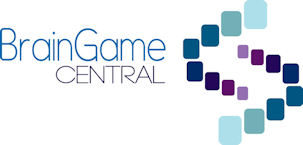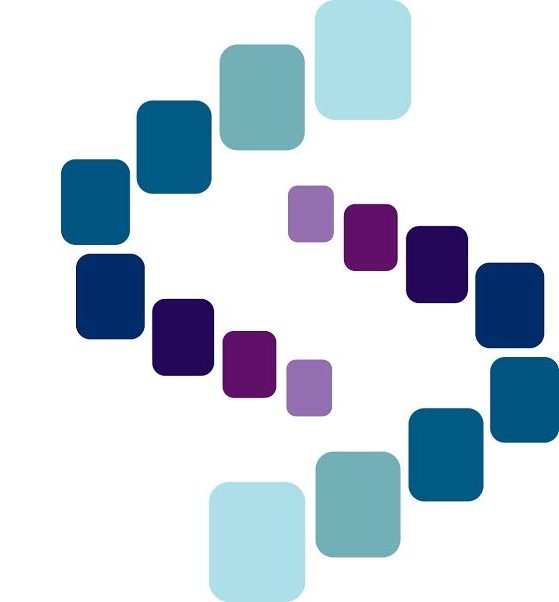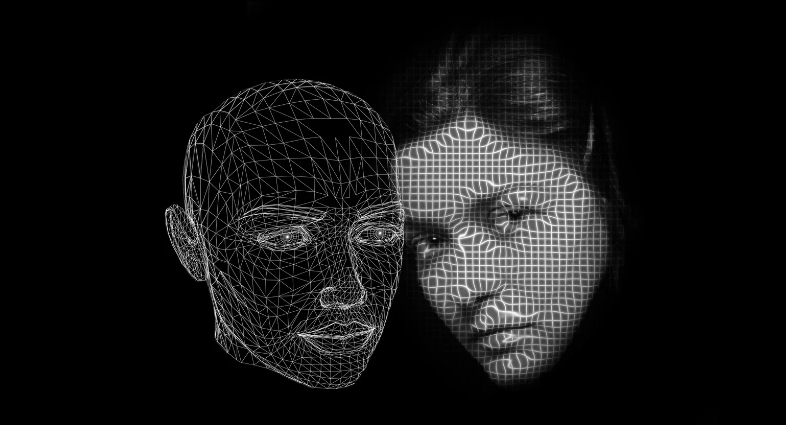By Ingrid Mota
Twitter: @ingridmotta
Knowing our consumer in all its complexity is a crucial strength of the marketer.
Neuromarketing is a relatively new tool of the marketing that studies the way in which the consumer's brain responds to sensory and cognitive stimuli, allowing their preferences, reactions and factors that make them make purchase decisions to be measured.
When complemented with other techniques such as qualitative and quantitative studies, it allows results with a scientific approach, which for marketing means strengthening the creation of differentiated offers for demographic and consumer groups.
It seems like science fiction to prefer to ask the consumer's brain what their reactions are when seeing an ad, rather than the consumer himself. However, through neuroimaging we can see the central nervous system and specific parts of the brain discovering important information such as purchase motivators.
The cognitive and emotional perception of a product by the consumer also involves considering the evidence of their brand experience. This also generates purchasing trends, so supporting neuromarketing benefits from being qualified and qualified with other types of studies.
Everything is in the mind
Using neuromarketing can give us abundant information about our target such as: identifying opportunities in the market, providing us with information about innovation for future projects, adjusting the long-term vision of the brand, creating a unique differential in the market to create a new category, among many others. In short, necessary tools to generate a solid marketing strategy.
Font: http://www.neurosciencemarketing.com
Quantifying Neuromarketing
The attention, emotion, memory and other stimuli that are consciously or unconsciously perceived by consumers when subjected to advertising, are measurable, that is, quantifiable.
The main neuromarketing measurement factors can be grouped into:
-Attention, what captures the interest of the consumer to continue reviewing the ad.
-Emotion, manages to alter the consumer's attention by making him change certain relevant behaviors and networks to activate memory.
-Memory is a function of the brain that allows the body encode, store Y retrieve the information you have previously preserved.
In short, the design of the questionnaire to know the objectives, the profile of the consumers that will be studied, the elements to be found, among other topics, is the responsibility of the marketer and not the neurologist who applies it.
Once the results are obtained, they must be read scientifically and avoid marketing passions that make us fall into cliches on consumer behavior.
Falling into this temptation would prevent us from being able to use this tool as an innovation technique for marketing in terms of product, market and sales.
This is how marketing maintains a healthy evolution that allows it to be closer to the consumer and to know it holistically in order to be present at all times of product acquisition, and provide them with a great brand experience, whether consciously or unconsciously.
All in all, let the neurologists join the marketing, because theirs will be the mind of the consumer.





